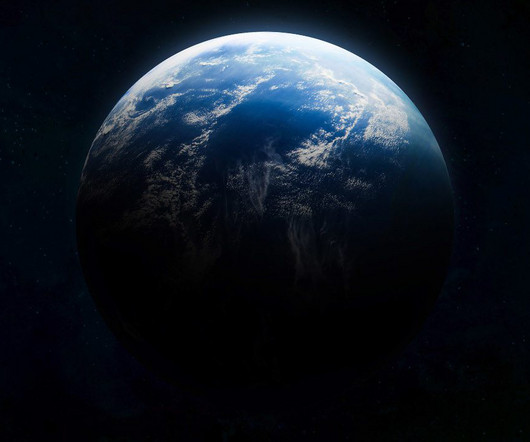What are ‘planetary boundaries’ and why should we care?
Envirotec Magazine
SEPTEMBER 25, 2023
Three are based on what we take from the system: biodiversity loss fresh water land use. Azote for Stockholm Resilience Centre based on analysis in Richardson et al 2023, CC BY-ND. We are still in the green for ozone-depleting chemicals. Ocean-acidification is still, just, in the green, and so is aerosol pollution and dust.














Let's personalize your content